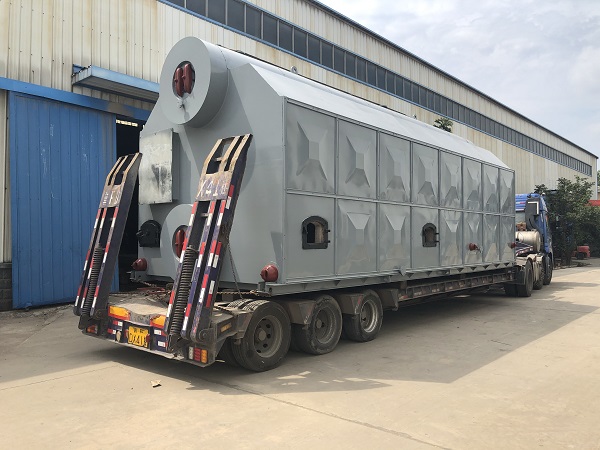Guide: Although the application of heat conduction oil furnace in our lives is not as extensive as gas boilers and as long as electric boilers, its outstanding heat transferability does not lose a promising energy-saving technology.
Although the application of heat conduction oil furnace in our lives is not as extensive as gas boilers and as long as electric boilers, its outstanding heat transferability does not lose a promising energy-saving technology.

After the stove is used for a long time, carbon deposits and coking will form. This is due to the high-temperature heat transfer oil circulating heat energy in the hot oil furnace to produce colloid. It will reduce the thermal efficiency of the hot oil furnace and increase the temperature difference between the inside and outside of the furnace tube, which will easily lead to fire accidents and cause equipment damage. So it is necessary to clean the stove regularly! How to clean it?
1. Steam rinse
Empty the heat transfer oil in the pipeline, and flush the inside of the pipeline with steam to remove surface impurities, rust and other dirt.
2. Degreasing
The purpose of degreasing is to remove oily substances in the system, and to infiltrate and transform the fouling substances, creating conditions for the descaling step. The oil stains originally existed on the surface as a spreading oil film. Under the action of preferential wetting after washing, it gradually shrinks into oil droplets, which are finally washed to leave the surface.
3. Descaling and descaling
This procedure is a key step in chemical cleaning. The purpose is to make a special coke cleaning and descaling agent to make it chemically react with the fouling substances to form water-soluble substances which are taken out of the system by the green lotion, so as to achieve the decoking and descaling. Purpose.
4. Rinse
rinsing is to combine the rinsing liquid prepared according to the regulations with the free ions remaining in the system to further improve the descaling rate and lay a good foundation for the neutralization and passivation process.
5. Neutralization
Use the neutralizing liquid to react with the residual rinsing liquid in the system to make the PH value in the entire system meet the specified requirements.
6. Passivation
Use passivation liquid to form a complete and dense passivation protective film on the clean metal surface.
7. Water rinse after cleaning
to ensure that all cleaning agents are exhausted and the inside of the pipe wall is clean.
8. Inspection and acceptance
After the cleaning, the contractor first self-inspects the cleaning quality. After the self-inspection quality is qualified, it will organize with the user unit
Inspection and acceptance. After passing the inspection, both parties will sign the cleaning acceptance report.
9. Nitrogen blow
Sweep is to exhaust the residual water in the pipeline as much as possible, and it can be purged with nitrogen or compressed air.




























